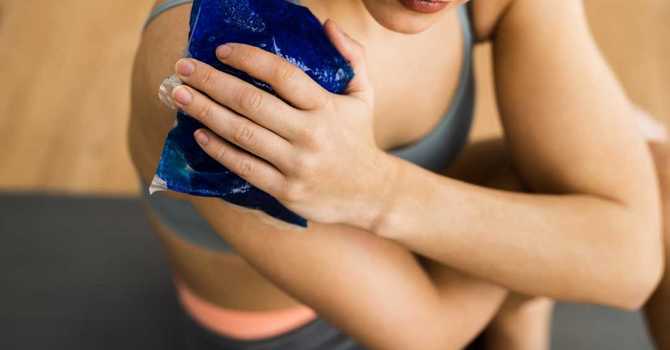
At ProActive Physiotherapy, we believe that movement is medicine, but how you engage in your rehabilitation journey makes all the difference. When recovering from injury, surgery, or managing a chronic condition, understanding the difference between active and passive participation can help you get the most out of your treatment.
What Is Passive Participation?
Passive participation refers to treatments where you receive therapy without actively engaging your muscles or movement systems. These techniques are primarily performed by the therapist and include:
-
Manual therapy (e.g. joint mobilizations, soft tissue massage)
-
Modalities like ultrasound, TENS, or heat and cold therapy
-
Assisted stretching
-
Traction
Benefits:
-
Great for reducing pain and inflammation in early stages
-
Helps improve joint mobility and tissue healing
-
Prepares the body for more active phases of rehab
Limitations:
-
May provide short-term relief but isn’t sufficient alone for long-term recovery
-
Doesn’t strengthen muscles or retrain movement patterns
What Is Active Participation?
Active participation involves you, the patient, actively performing movements or exercises—either under supervision or independently. It includes:
-
Therapeutic exercises and functional training
-
Balance and coordination drills
-
Postural correction and ergonomic retraining
-
Home exercise programs
Benefits:
-
Builds strength, endurance, and flexibility
-
Improves movement control and confidence
-
Empowers you to take charge of your healing
-
Reduces the risk of re-injury
Challenges:
-
Requires motivation and effort
-
May initially provoke discomfort as you build tolerance
Why Combining Both Works Best
The most effective rehab programs integrate both passive and active strategies. Think of passive techniques as the foundation—reducing pain and preparing your body—and active participation as the builder that restores function and resilience.
Your therapist will tailor the balance depending on your goals, condition, and stage of recovery. But one thing is certain: your commitment to being an active participant is key to success.
Ready to Take the Next Step?
Whether you're recovering from a sports injury, managing arthritis, or post-surgery, we’re here to support your journey. Book an assessment today and let’s build a personalized plan that puts you back in motion.



